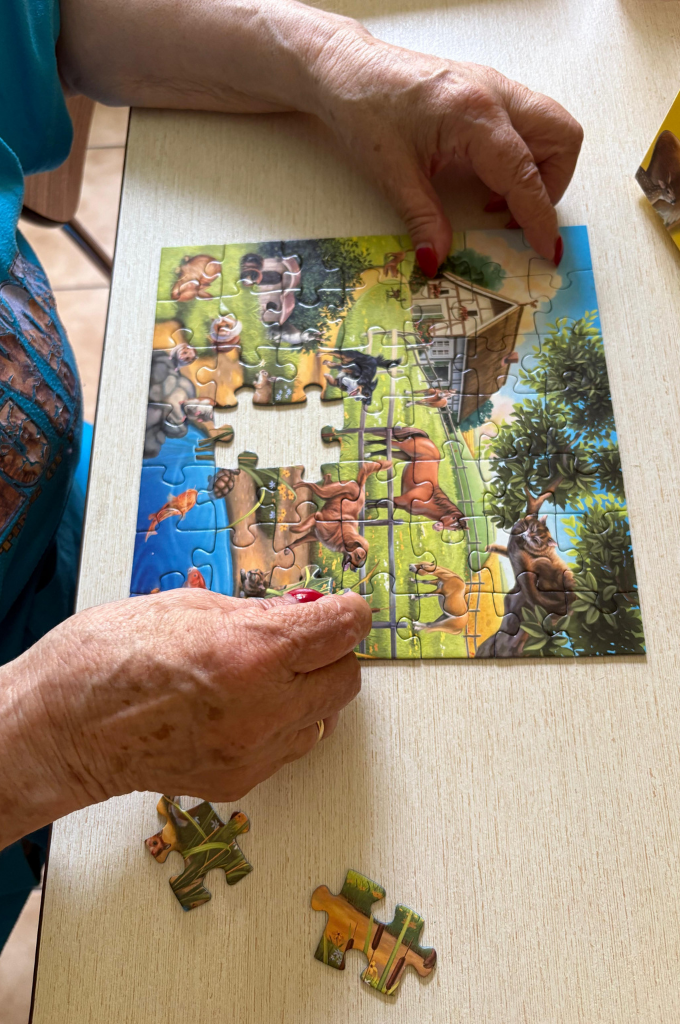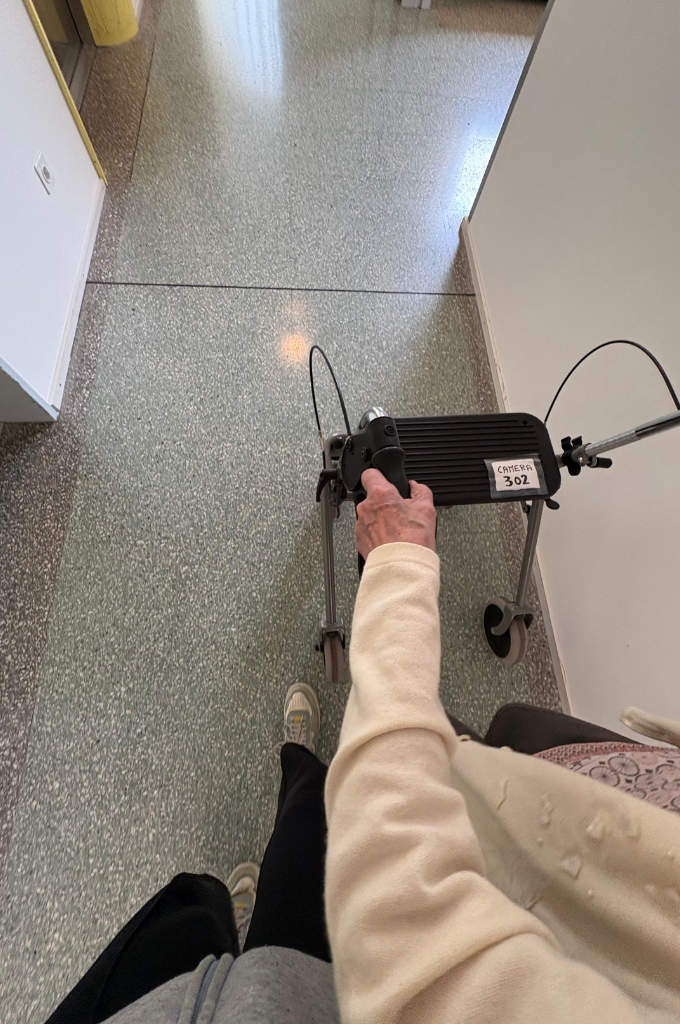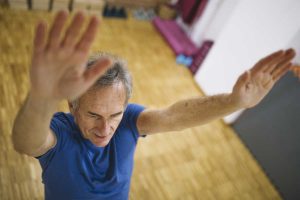Occupational therapy to improve the lives of the elderly
In geriatric occupational therapy, the goal is to improve the quality of life of older adults, in order to keep their social and domestic life active. Through occupational therapy, also known as the therapy of doing, autonomy and independence are promoted, helping maintain personal identity.
With advancing age, during the post-operative phase, or following a serious injury or illness, a person’s life can be deeply disrupted.
This is a change that must be faced with care and sensitivity, affecting not only the elderly individual but also their family and caregivers.
The occupational therapist, working in the areas of prevention, treatment, and rehabilitation, has the main goal of helping the person taking into account their age, severity of illness, prognosis, and social context regain as much independence and autonomy as possible.
When is it recommended?
Occupational therapy is recommended for older adults suffering from acute or chronic conditions related to:
- the central nervous system:
which may cause cognitive impairments (dementia, language and planning disorders), motor issues (Parkinson’s disease, stroke, multiple sclerosis), sensory problems (hearing and vision disorders); - the musculoskeletal system:
which may cause reduced strength, balance, and movement (osteoarthritis, osteoporosis), difficulties in mobility (wheelchair, walker), and challenges in daily activities such as eating and dressing; - the psychosocial aspect:
with symptoms of depression, relational difficulties, isolation, communication disorders, social role challenges, and multimorbidity with multiple associated conditions (dementia, depression, malnutrition).


Benefits
For the occupational therapist, autonomy is not just about helping a person move, dress, or eat independently, but also about enabling them to choose, make decisions about their own life, organize themselves, say no, take on responsibilities and duties, express desires, and cultivate personal interests.
The benefits of occupational therapy in geriatrics are numerous:
- maintaining independence in domestic life;
- increasing socialization and maintaining personal hobbies;
- identifying domestic hazards and assisting in implementing environmental adaptations;
- improving and maintaining motor functions;
- stimulating cognitive functions (memory, spatial orientation, attention);
- advising and guiding the elderly and their families on care, management, and the use of assistive devices;
- improving and/or maintaining independence in self-care (hygiene, eating, dressing);
- fall prevention.
The role of the occupational therapist
The occupational therapist welcomes the elderly person holistically, establishing a relationship of empathy, trust, listening, and support.
Through the occupational therapy process and clinical reasoning, the therapist focuses on observing and assessing the living environment of the elderly person: their interests, desires, needs, abilities, resources, and limitations.
They then design a personalized treatment plan (individual or group) to stimulate and motivate the person to participate in daily activities, helping them maintain or regain meaning in their habits and roles.
The main goal of the intervention is to enable the elderly person to actively engage in daily tasks and achieve maximum independence.
The occupational therapist’s treatment is always personalized and may be:
- preventive
- educational
- rehabilitative
- maintenance-focused
- reactivating
We take care of your loved ones
Stimulating an elderly person is crucial to prevent them from slipping into states of anxiety or apathy and losing interest in everything around them. Families who live with or care for the elderly also face a major upheaval in their daily lives. Falling into complete dependency causes older adults to lose their individuality and initiative.
If you have a loved one going through this stage, contact us our occupational therapists will be happy to answer your questions.


